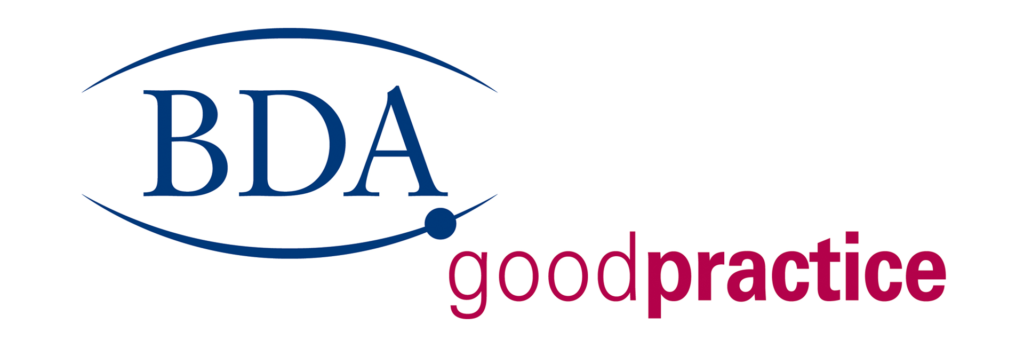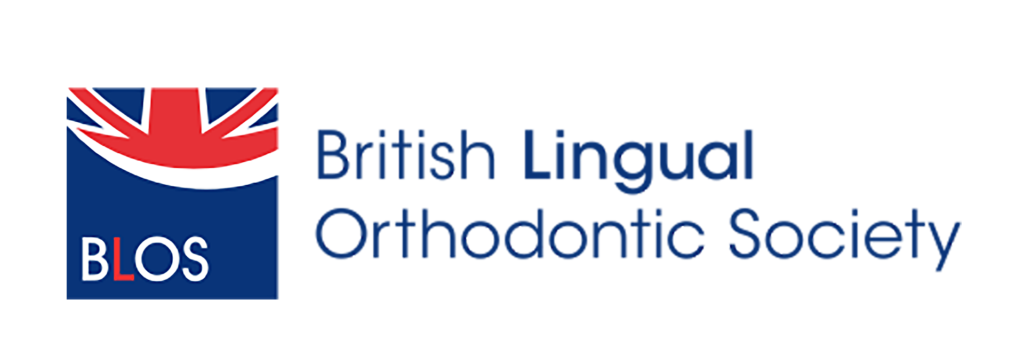Angle House Blog
The Importance of Retainers: Why They Matter After Braces

Completing your orthodontic treatment and finally getting your braces off is an exciting milestone, but the journey to a perfect smile doesn’t end there. Once your braces are removed, wearing a retainer becomes a crucial part of maintaining the results you’ve worked so hard to achieve. Unfortunately, many patients overlook the importance of retainers, which can lead to teeth shifting back out of alignment.
In this blog post, we’ll explain why retainers matter after braces and how they play a key role in preserving your straight, beautiful smile for years to come.
1. Teeth Can Shift After Treatment
Once your braces are removed, your teeth aren’t completely “set” in their new positions. The tissues surrounding your teeth, including the gums and bone, need time to stabilize and adjust to their new alignment. Without a retainer, your teeth can gradually shift back toward their original positions—a process known as relapse.
Retainers help prevent this from happening by holding your teeth in place until they’ve had enough time to settle into their new alignment. This post-treatment phase is critical to ensuring that all the time, effort, and expense of wearing braces aren’t undone.
2. Maintain Your Beautiful Smile
A major reason people undergo orthodontic treatment is to improve the appearance of their smile. Whether you had braces to correct crowding, gaps, or bite issues, the goal is a well-aligned and aesthetically pleasing smile. Wearing a retainer is the best way to preserve the smile you’ve worked so hard to achieve.
Even a small amount of shifting can impact the look of your teeth. In fact, once your teeth start to move, they can continue to shift over time, causing visible misalignment. Consistently wearing your retainer ensures that your smile stays just as straight and beautiful as the day your braces were removed.
3. Prevent the Need for Further Treatment
Failing to wear your retainer can lead to teeth shifting back into their old positions. In some cases, this relapse can be significant enough to require additional orthodontic treatment. This might mean needing braces again, or other corrective procedures, to regain the alignment that was lost.
Wearing your retainer as directed by your orthodontist can save you from the cost and hassle of repeat treatments. A little effort now in maintaining your results can prevent bigger problems down the road.
4. Different Types of Retainers
There are two main types of retainers: removable and fixed. Depending on your orthodontist’s recommendation and your personal preferences, you may be fitted with one of the following:
Removable Retainers: These retainers are custom-made to fit your teeth and can be taken out for eating and brushing. There are two types of removable retainers:
Hawley Retainers: Made of a combination of plastic and metal, these are the classic retainers that fit over the roof of your mouth and attach to your teeth with a wire.
Clear Plastic Retainers: Also known as Essix retainers, these are transparent and molded to fit snugly over your teeth, similar to clear aligners like Invisalign. They are virtually invisible and easy to wear.
Fixed Retainers: A permanent or bonded retainer consists of a thin wire that is cemented to the back of your front teeth, keeping them in place without the need to remove and replace the retainer each day. These retainers are great for patients who might forget to wear a removable one.
Each type of retainer has its pros and cons, and your orthodontist will recommend the best option based on your needs. No matter which type you have, the most important thing is to follow your orthodontist’s instructions for wearing and caring for your retainer.
5. How Long Do You Need to Wear a Retainer?
Many patients wonder how long they need to wear a retainer after braces. The short answer is: as long as you want to keep your teeth straight!
For the first few months after your braces are removed, your orthodontist may recommend wearing your retainer full-time. After this initial period, you’ll likely transition to wearing it only at night. However, even years after treatment, it’s important to continue wearing your retainer regularly to maintain your results. Teeth can continue to shift subtly over time, and wearing your retainer at night can prevent these changes.
6. Caring for Your Retainer
Proper care of your retainer is essential to ensure it continues to work effectively and lasts as long as possible. Here are some tips to keep your retainer in good condition:
Keep it clean: Removable retainers should be cleaned daily with mild soap and lukewarm water (avoid hot water, which can warp the plastic). Avoid using toothpaste, which can be abrasive and cause scratches. For fixed retainers, make sure to brush and floss around the wire to keep it free of plaque buildup.
Store it safely: When not wearing your removable retainer, store it in its protective case to prevent damage or loss. Avoid leaving it out in the open or wrapped in napkins, where it can accidentally be thrown away.
Avoid damage: Be mindful of how you handle your retainer. Don’t bend the wires or expose it to excessive heat, and avoid chewing on your retainer as it can cause cracks or warping.
Final Thoughts
While braces play a significant role in correcting misaligned teeth, retainers are just as important in keeping those results long-term. Wearing your retainer as prescribed can prevent unwanted shifting, maintain your beautiful smile, and save you from needing further orthodontic treatment down the line.
If you have any questions about your retainer or need guidance on how to properly care for it, don’t hesitate to contact our office. We’re here to help you every step of the way, ensuring that your smile remains healthy, straight, and radiant for years to come!







